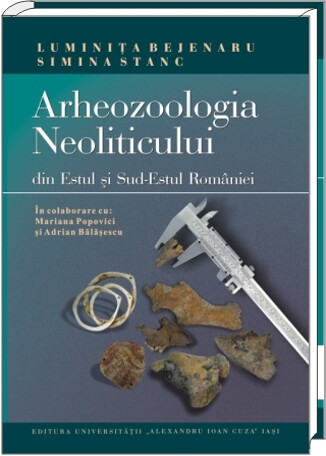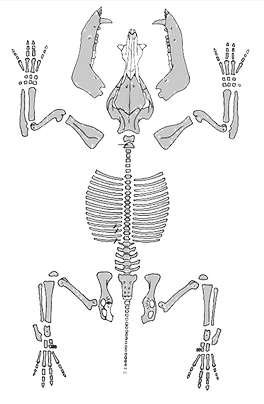Project objectives
Scientific objectives (marked with O) and associated activities (marked with A) are:
Year 2011 (1st October – 31st December 2011)
O1. Project documentation and organization
A1.1. Team meeting to establish the workload and the plan for achieving the goals
A1.2. Trips to museums for faunal material acquisition
A1.3. Library and internet documentation
Year 2012 (1st January 2012 – 31st December 2012)
O2. Identification of suines remains from prehistoric and historic archaeozoological assemblages.
A2.1. Domestic pig and wild boar separation remains due to biometric data of postcranial and cranial skeleton
A2.2. Domestic pig and wild boar remains quantification in the samples analyzed
O3. Estimating the role that suines played in the economy of human communities from Neolithic to Middle Ages and variability in space and time tracking of the importance of suines for the studied settlements.
3.1. Relative frequencies of suines in the samples
A3.2. Suines exploitation strategies
O4. Project management
A4.1. Participation in archaeological campaigns in order to collect faunal remains and registration of the primary data necessary for archaeozoological studies and their integration into the general context of settlements
A4.2. Communication and dissemination of research results. Participation in national and international scientific meetings. Publication of articles in ERIH volumes
A4.3. Activity assessment and preparing the research report
Year 2013 (1st January 2013 – 31st December 2013)
O5. Morphometric characterization of the species; new mathematical techniques will be used providing us with new elements which will aim at the description of the species allowing analysis of intra-and interspecific variation and the description of populations in relation with geographical and chronological evolution. They will also point to new criteria of separation of remains belonging to the domestic and wild form.
A5.1. Parameters measurement on the faunal remains identified
A5.2. Descriptive statistics: setting the limits of variability for characters to be studied
A5.3. Bivariate analysis (correlation and regression study) and multivariate analysis (in order to understand the evolution of some anatomical parts)
A5.4. Study of suines variability on the dentition
O6. Establishing suines filiation by archaeogenetics analysis
A6.1. Sampling and preparation of ancient DNA samples; DNA extraction
A6.2. DNA amplification; DNA sequencing
A6.3. Interpretation of results
O7. Project Management
A7.1. Participation in archaeological campaigns in order to collect faunal remains.
A7.2. Communication and dissemination of research results. Participation in national and international scientific meetings. Publication of articles in ERIH volumes
A.3. Activity assessment and preparing the research report
Year 2014 (1st January 2014 – 30th September 2014)
O8. Description of human relationship with the Sus genus and the possible local domestication of the species, identifiable through biometric and genetic study.
A8.1. Identification of possible centers of wild boar domestication (comparing morphological and genetic changes in two regions – case studies for Gumelnita and Cucuteni cultures)
A8.2. Estimation of the anthropic impact on the paleoenvironment
O9. Spreading of domestic pig from supposed domestication centers and interference with other populations of pigs belonging to other prehistoric cultures
A9.1. Establishing and tracking of genetic and morphometric patterns in a geographical and cultural time frame of European Neolithic Revolution.
O10. Project management
A10.1. Communication and dissemination of research results. Participation in national and international scientific meetings. Publication of articles in ERIH volumes
A10.2. Writing a book in English and its publication in a foreign publisher
A10.3. Activity assessment and preparing the final research report


